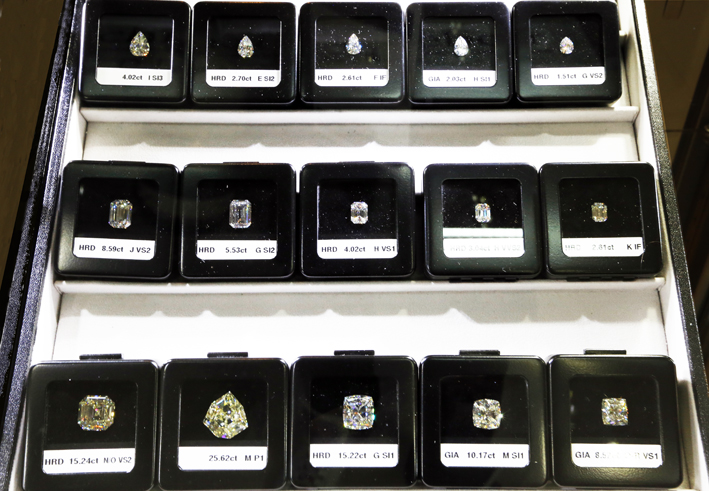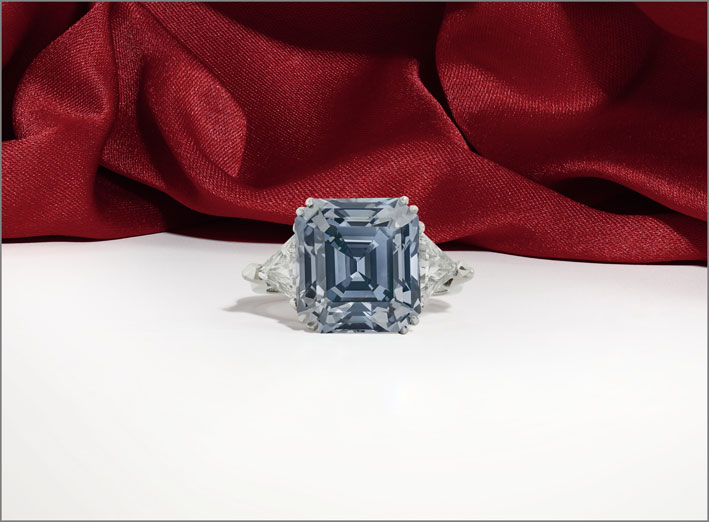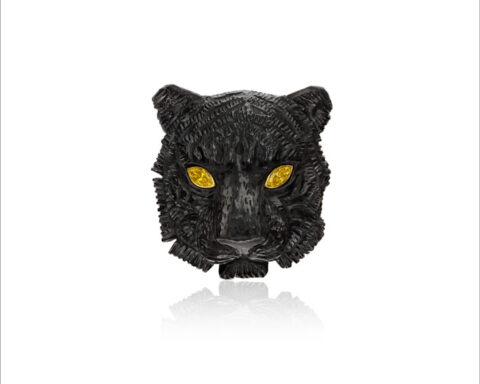Will the war in Ukraine also raise the price of diamonds? The question is legitimate. In fact, Alrosa, a state-controlled mining giant that controls 90% of the country’s production and is the first mining company in the world, has also been targeted by sanctions against Russia. To give an idea of the size: in 2021 Alrosa sold 32.4 million carats of rough diamonds, which is equivalent to almost 30% of world production. In short, one in three diamonds comes from Russia. And the CEO of Alrosa, Sergey Ivanov, is on the list of rich Russian billionaires who have been targeted by sanctions.

Among other things, he is the son of former Defense Minister Sergei Ivanov, a close associate of President Vladimir Putin and is also a board member of Gazprombank, an emanation of the oil and gas giant. As a reaction, Alrosa has suspended its membership of the Natural Diamond Council, a market alliance of the world’s leading producers of precious stones.
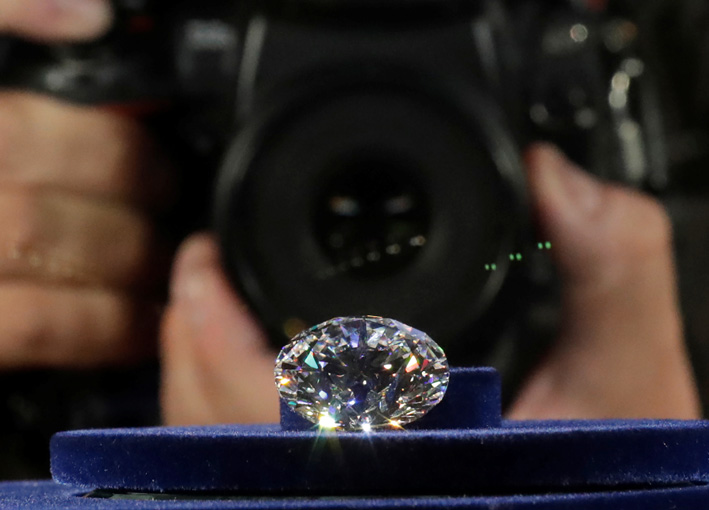
At the same time, however, the Russian state also controls a secret reserve of diamonds, the Gokhran, which it uses to stabilize prices and to generate revenue in times of crisis. In addition, Alrosa has so far bypassed US sanctions and has managed to ensure a smooth flow of diamonds to India, where a good number of diamonds are polished and cut, around 10%. But Tiffany, for example, has just announced that it will no longer buy diamonds from Russia.
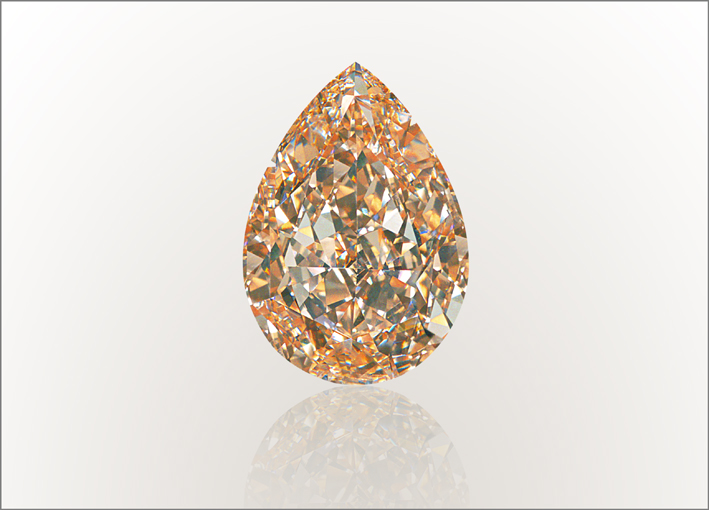
There is, then, another factor to take into account: in the days preceding the sanctions many of the so-called oligarchs or, at least, a good number of rich Russians rushed to jewelers all over the world, but in particular in the Emirates, to buy jewels and stones. It is an easily transportable asset and, unlike the bank account, it can hardly be identified and seized. Conversely, a diamond can be easily resold anywhere in the world, even if the credit card is blocked. In short, a diamond is a kind of insurance policy in difficult times. But, of course, many purchases also mean price strain. Not to mention that for years there have been Russian criminal groups operating in Europe and the US and using diamonds to launder their illicit profits. An operation that could be further encouraged by the climate of war.
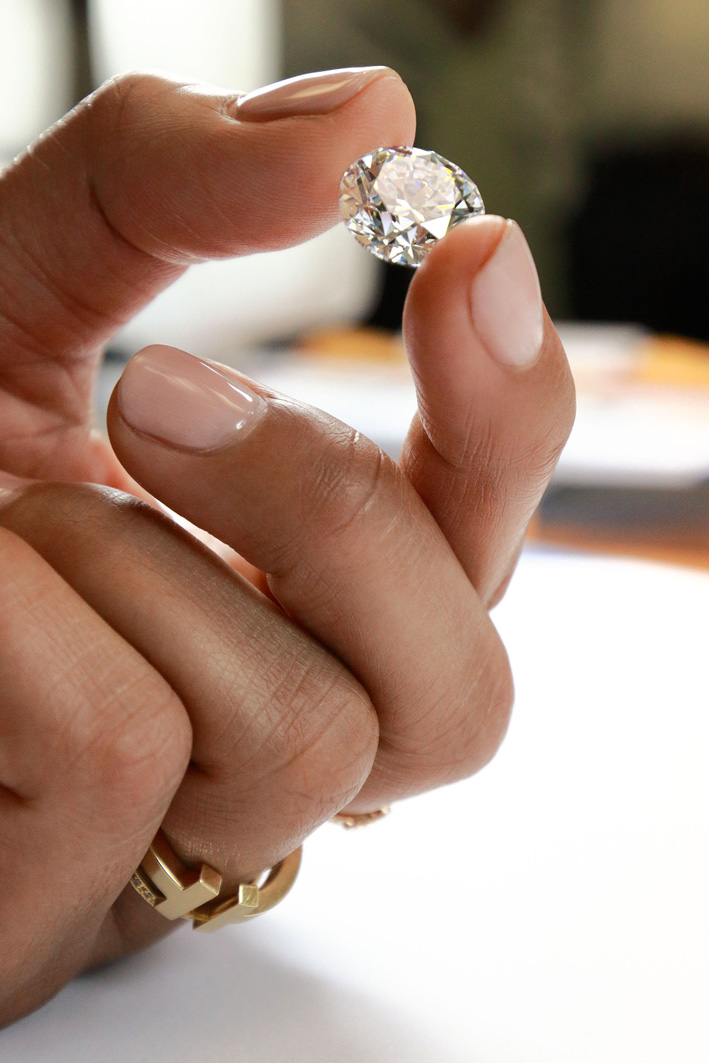
All this worries companies specializing in diamond processing. The Antwerp World Diamond Center has suggested that the restrictions may prove detrimental to the sector, as Russia can continue to sell diamonds to countries such as India and China. True. But it is certainly not easy to quickly replace the Antwerp specialists in the delicate work of diamond cutting. And Russia sells diamonds rough.
A problem, in any case, which adds up to very small stocks of diamonds: according to Bain & Company, in the coffers of the operators at the beginning of the year, before the war, the stocks had decreased by about 40%, driven by the high demand and the slow resumption of production. In short, there were already fewer diamonds in circulation. And now giving away the classic solitaire is likely to be much more expensive.
